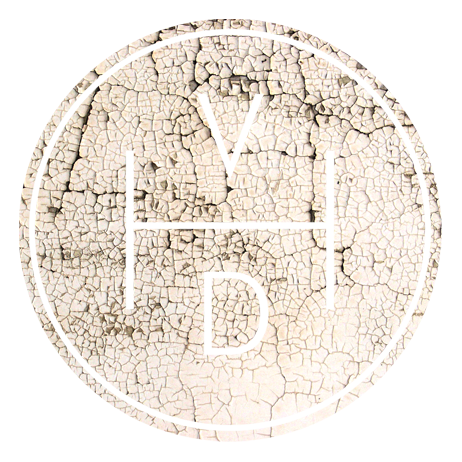Adirondack Mountain Club
The Alpine Club of Canada
The American Alpine Club
Appalachian Mountain Club
The Colorado Mountain Club
Mountaineers
I have been attempting to round up some old mountain club logos and I thought it might be interesting to compare the current marks with their earlier incarnations. I love every one of these. If there are any more vintage club logos out there that should be included please let me know; this may well end up as part 1. I'd particularly love to get my hands on some European, Asian or Russian marks.

















